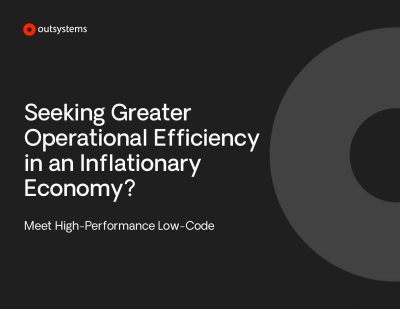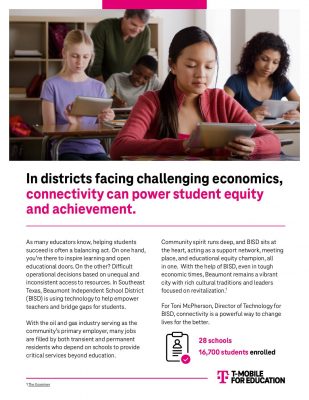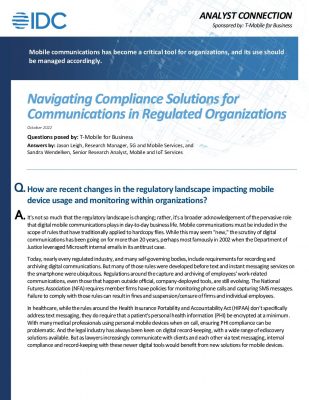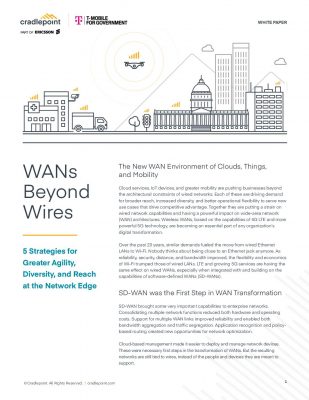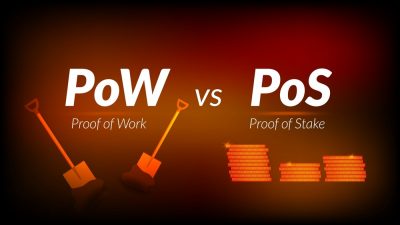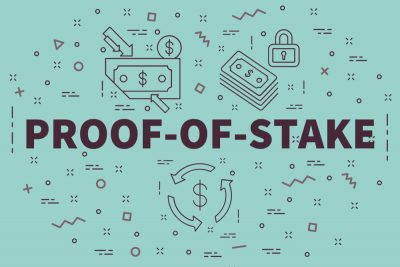Highlights
- Cryptographic tokens are transforming fundraising for startups and DAOs by offering early liquidity, utility, and transparency to stakeholders.
- A well-designed token economy can drive network security, incentivize users, and ensure project sustainability, while flawed tokenomics may lead to instability or failure.
Just as traditional economics examines the production, distribution, and consumption of goods and services, tokenomics focuses on the creation, management, and circulation of digital tokens within blockchain ecosystems.
Comprehending tokenomics is essential for anyone navigating the crypto space, as it shapes the value, utility, and potential of right digital assets. Explore the core concepts to uncover why tokenomics is central to the future of decentralized finance.
Understanding Tokens and Supply
Before exploring tokenomics, let’s define a token. A token is a digital unit of cryptocurrency that is utilized as an asset or to serve a particular purpose on the blockchain. Common types include security, utility, and governance tokens.
Cryptocurrencies and blockchain tokens follow pre-set, algorithmic issuance schedules, making the supply predictable over time. While these schedules can be altered, doing so typically requires broad consensus and is difficult to implement, offering owners greater predictability compared to government-controlled money creation.
The initial circulating supply of cryptocurrencies varies widely at launch. Afterward, the inflation rate—driven by factors like miner/staking rewards, token unlock schedules for investors, or incentive distributions to grow the ecosystem—may remain constant or change over time. Ultimately, supply inflation rates differ significantly among cryptocurrencies due to their unique initial supplies and distribution mechanisms.
Some cryptocurrencies use burning mechanisms to remove tokens from circulation, reducing the total supply over time. This deflationary process counteracts inflation by limiting supply.
Being the foundation of any blockchain-based ecosystem, tokenomics encompasses the critical components to achieving the creation, distribution, and utility of token within its network.
Components of Tokenomics
The constituent elements of tokenomics form the foundation of a token’s design, functionality, and economic framework within its ecosystem.
-
Token distribution
Cryptographic tokens are enhancing fundraising for DAOs and startups by offering early utility, liquidity, and transparency to stakeholders. Key methods include ICOs, STOs, and IEOs, which define the asset type and distribution channel.
A well-structured issuance process is crucial for building a sustainable project, rewarding early supporters, and attracting new participants. Tools like staking, vesting, airdrops, and rewards help create balanced tokenomics and reduce volatility for long-term success.
-
Token utility
Token utility defines a token’s purpose within its ecosystem. Effective utility aligns with project goals, adds value, and enhances customer engagement, while poor utility lacks clear function and may appear forced or speculative.
-
Token demand
Many outcomes stem from the basic market law of supply and demand. Stakeholders should focus on boosting product and token demand while limiting supply growth, using strategic, technical, and marketing efforts.
-
Token security
Security audits are crucial for ensuring the integrity of cryptocurrency tokens and platforms. By thoroughly examining code and infrastructure, they identify technical and economic vulnerabilities. Regular, transparent audits build trust, boost credibility, and support long-term market success across industries dealing in crypto.
With a clear understanding of the segments of tokenomics, we can now shift focus to evaluating how these elements collectively influence the token’s overall value and functionality.
How to Assess Tokenomics?
An assessment of tokenomics involves analyzing the economic design and functionality of a token to understand its value proposition, sustainability, and potential impact on transactions.
-
Evaluate whitepapers and official documents
Scrutinize the project’s goals: What problem does it address, and why is a token necessary? Does it clearly outline its technological and business infrastructure and the token’s role within it? How is the token utilized in the ecosystem, and what is its function in driving demand, enhancing security, or offering utility?
-
Check vesting schedule for tokens
Review the allocation for the team and advisors—10-20% is a common range but can vary. Assess the vesting period; longer durations (2-4 years) show commitment to the project’s long-term vision. Check for cliffs, where significant portions unlock after specific periods.
-
Investigate private and seed sales
After investing any seed or private sales, compare the token costs to the current market price or public sale. Check if early investors had special conditions, like extended vesting or bonus tokens, as this can reveal potential future selling pressures.
-
Check the monetary policy of the project
Does the project have a token burn mechanism to reduce supply and drive demand? Some projects buy back and burn tokens or redistribute them. Does it offer staking, and how do rewards affect tokenomics, including inflation? Also, assess how the project funds operations, such as through a treasury, and its token allocation for future growth.
-
Governance and community
Does the token grant governance rights, and how decentralized is the decision-making process? Assess suitable community engagement, as active and informed participation indicates a healthy and credible project.
-
Security and transparency
Does the team regularly share updates on developments, partnerships, and tokenomics changes? Check if the project conducts periodic security audits and transparently shares the results.
-
Market and competitive analysis
Evaluate the liquidity, trading volume, and exchange listings of tokens. High liquidity and listings on reputable exchanges suggest trust and demand. Be cautious of tokens with low trading activity or those listed on obscure exchanges, as they may be prone to manipulation.
How does the project compare to competitors? Does it offer a unique value proposition or superior tokenomics?
Tokenomics is undeniably essential for crypto trading, as it serves as the blueprint for understanding a token’s value, utility, and long-term potential within the digital marketplace.
Why is Tokenomics Fundamental for Cryptocurrency Transactions?
Despite the decline in new token launches during the bear market, it’s always a good time to enhance your knowledge prior to investments.
Bitcoin’s dominance is rising, but once market hype returns, capital will likely flow into higher-risk Altcoins, which attract investors with disruptive ideas and unique tokens. Understanding tokenomics—the framework governing token distribution and functionality—is vital for crypto investors.
Tokenomics reveals a token’s utility, demand, and scarcity, offering insights into its long-term value. It also highlights how factors like token distribution, lockup periods, and issuance schedules influence price and market behavior. A well-designed token economy can drive network security and compliance, incentivize users, and ensure project sustainability, while flawed tokenomics may lead to instability or failure.
In the dynamic crypto space, mastering tokenomics is key to making informed and strategic investment decisions.
Conclusion
A solid grasp of crypto tokenomics enables investors to see the broader landscape of their investment’s future potential. It helps them evaluate critical factors such as supply inflation trends, how these trends align with the current market capitalization, and the implications for long-term growth.
By understanding these dynamics, investors can better anticipate the level of market capitalization growth required to achieve their desired returns. In the ever-evolving cryptocurrency market, this knowledge is essential for informed decision making, risk management, and investment opportunities recognition.
Expand your knowledge by exploring a variety of insightful tech-related whitepapers available in our resource center.

